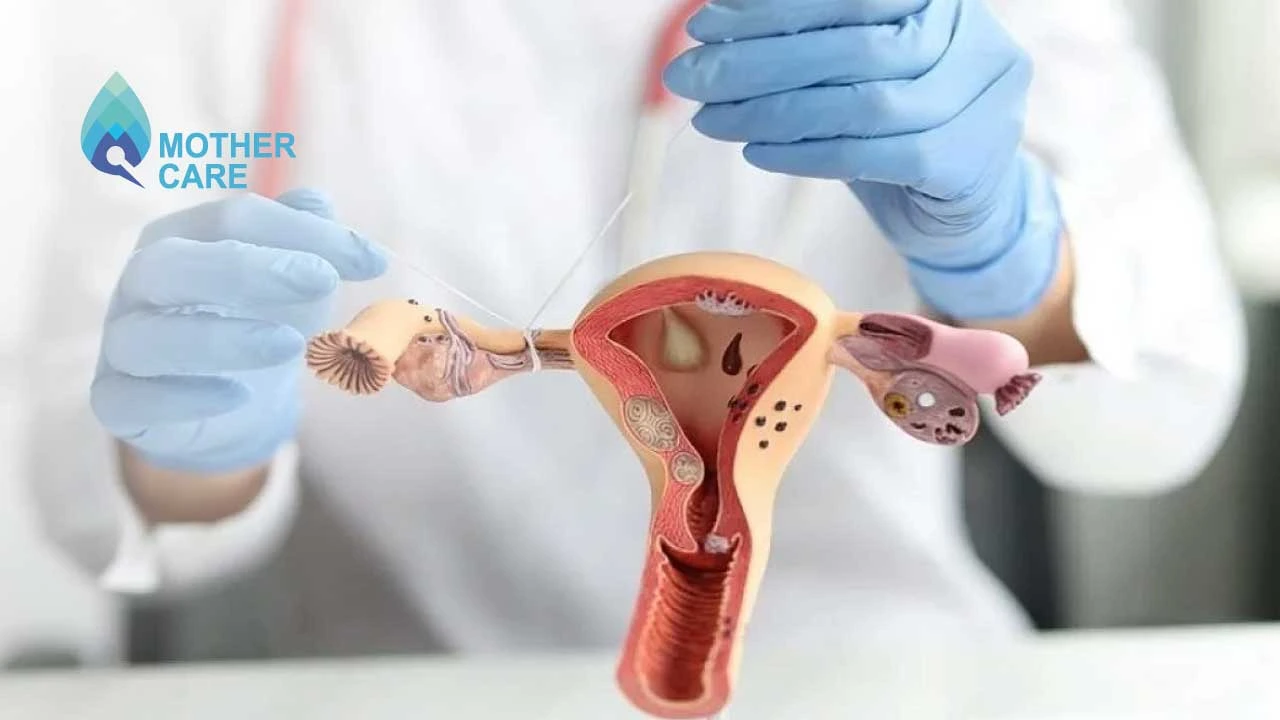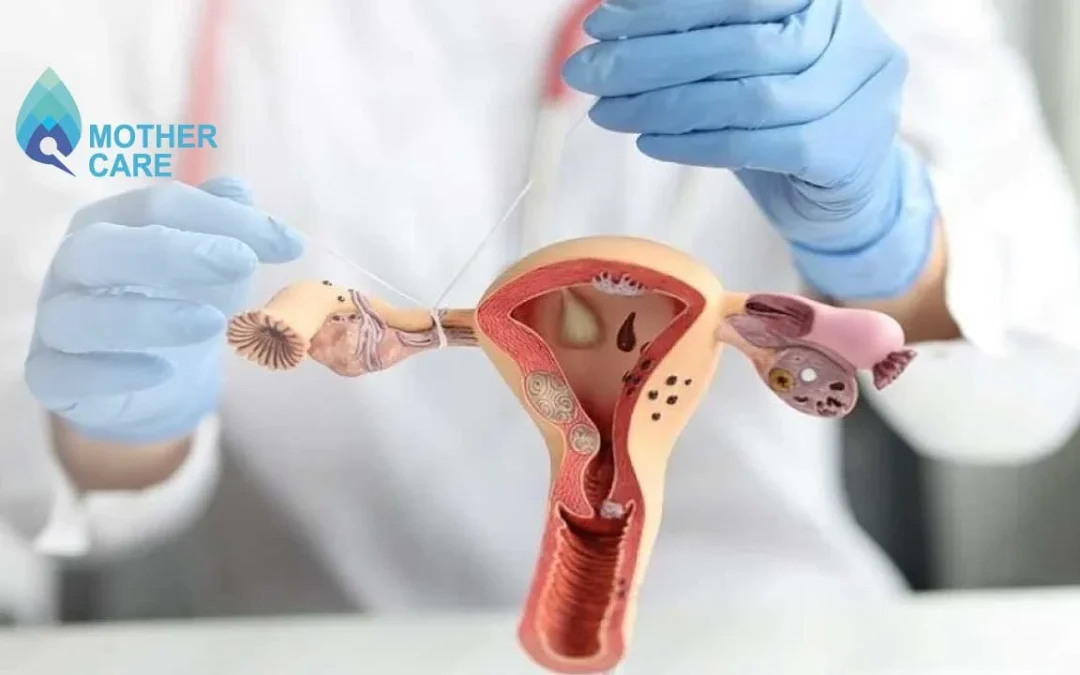Why Are Fallopian Tubes Blocked? Causes, Symptoms & Solutions

Blocked fallopian tubes might sound like a daunting issue, especially if you’re trying to conceive or worried about your reproductive health.
Why does it happen? How does it affect your body, and more importantly, what can be done about it?
Here, we’ll explore this topic with the expert input of Dr. Supriya Puranik, an experienced gynecologist and fertility specialist in pune, to ensure every question you might have gets answered.
Introduction: Understanding Blocked Fallopian Tubes
Imagine a delicate bridge between your ovaries and uterus. This bridge, called the fallopian tubes, helps the egg travel for fertilization. If this bridge is blocked, the egg can’t meet the sperm, making conception challenging.
Blocked fallopian tubes, or tubal factor infertility, account for 25–30% of female infertility cases. This blockage can also impact your overall reproductive health, leading to pain, infections, or other complications.
What Causes Fallopian Tube Blockage?
Dr. Supriya Puranik explains, “There isn’t a one-size-fits-all reason behind tubal blockages. However, the causes are often linked to past infections, scarring, or fluid-filled blockages. Knowing what caused it is key to deciding the right treatment.”
⇒Common Causes:
- Pelvic Inflammatory Disease (PID): A leading cause, PID results from untreated infections that scar the tubes.
- Endometriosis: This condition causes tissue to grow outside the uterus, leading to scarring and adhesions that block the tubes.
- Past Surgeries: Procedures like C-sections, appendectomies, or fibroid removal can create scar tissue around the tubes.
- Sexually Transmitted Infections (STIs): Chlamydia and gonorrhea are notorious for causing fallopian tube damage if left untreated.
- Hydrosalpinx: A condition where fluid collects in and blocks the tube.
- Ectopic Pregnancy History: Surgery to treat an ectopic pregnancy sometimes leaves scarring.
⇒Causes of Blocked Tubes & How They Affect Fertility?
| Cause | Effect on Tubes | Common Symptoms |
| PID | Scarring and inflammation | Pelvic pain, fever, discharge |
| Endometriosis | Adhesions blocking the tubes | Painful periods, infertility |
| STIs | Damage from untreated infection | No symptoms or pelvic pain |
What Are the Symptoms of Blocked Fallopian Tubes?
The tricky part? Blocked fallopian tubes are often silent. While some women might notice signs, others may only find out when trying to conceive.
- Common Symptoms include pelvic or abdominal pain, irregular periods, or painful intercourse.
- “Silent Blockage”: Sometimes, there are zero symptoms, and the blockage is only detected during fertility evaluations.
- Red Flags: If you’ve had a history of PID, endometriosis, or ectopic pregnancies, it’s worth checking your tubes.
⇒When Should You See a Doctor?
If you experience chronic pelvic pain, irregular cycles, or challenges getting pregnant after trying for a year, it’s time to reach out.
⇒ Checklist
Signs You Might Have Blocked Fallopian Tubes:
- Recurring pelvic or abdominal pain
- Pain during intercourse
- Difficulty conceiving after 6–12 months
- History of PID, surgeries, or STI
Struggling to conceive? Blocked fallopian tubes could be the reason. Don’t wait for answers—get expert care from Dr. Supriya Puranik, Pune’s leading fertility specialist.
With years of experience in diagnosing and treating tubal blockages, she can help you take the next step toward parenthood.
How Are Blocked Fallopian Tubes Diagnosed?
“Many women worry about the pain or invasiveness of diagnostic procedures,” says Dr. Puranik. “But these are essential steps to uncover the cause of infertility and plan treatment effectively.” Here are the most common procedures explained step by step.
- Hysterosalpingography (HSG): This X-ray test uses contrast dye to detect blockages. Yes, it can be uncomfortable, but it’s quick and informative.
- Sonohysterography: An ultrasound-based test to check for obstructions.
- Laparoscopy: A minimally invasive surgery that’s the gold standard for diagnosing and even treating blocked tubes.
- Blood Tests & STI Screening: To check for infections that may have caused damage.
📌 Step-by-Step Guide:
What to Expect During an HSG Test?
- A dye is injected carefully through the cervix.
- X-rays track the dye’s flow through the uterus and fallopian tubes.
- Blockages can be spotted if the dye doesn’t pass through.
Can You Prevent Blocked Fallopian Tubes?
Prevention is always better than cure. Here are practical tips shared by Dr. Puranik to reduce your risk of tubal blockage.
- Early Treatment of STIs and PID: Don’t wait; seek prompt care for infections.
- Practice Safe Sex: Use protection to prevent STIs like chlamydia or gonorrhea.
- Post-Surgical Care: Proper recovery post-surgery minimizes scarring.
- Manage Endometriosis: Early diagnosis and treatment can protect your reproductive organs.
📌 Expert Tips:
5 Ways to Keep Your Fallopian Tubes Healthy
- Regular STI screenings and prompt treatment.
- Condoms to prevent high-risk infections.
- Anti-inflammatory diet for managing endometriosis.
- Follow-up care after surgeries like C-sections.
- Prioritize fertility evaluations if planning pregnancy.
Treatment Options: Can Blocked Fallopian Tubes Be Opened?
The good news? Treatments abound! Depending on the severity, age, and fertility goals, you and your doctor can choose the right approach.
- Surgical Treatments:
- Tubal surgeries to remove scar tissue or repair blockages.
- Recanalization for mild obstructions.
- Removal of affected sections in severe cases.
- IVF (In Vitro Fertilization):
If surgery isn’t possible or has uncertain success, IVF bypasses the tubes entirely, offering hope for conception. - Alternative Therapies: Castor oil packs, acupuncture, or herbal treatments often claim benefits. “These lack rigorous evidence and should complement, not replace, medical treatment,” advises Dr. Puranik.
📌 Comparison Table:
Surgery vs. IVF for Blocked Tubes
| Criteria | Surgery | IVF |
| Best For | Mild/moderate cases | Severe or irreversible |
| Success Rates | 20–40% | 40–70% |
| Recovery Time | Weeks/months | Minimal |
Frequently Asked Questions (FAQs)
1.Can fallopian tubes unblock naturally?
Minor blockages can resolve on their own with anti-inflammatory treatments or lifestyle changes, but most require medical intervention.
2.Does HSG help unblock tubes?
Sometimes! The dye used during the test may clear mild blockages unknowingly.
3.Can you get pregnant with one unblocked tube?
Yes, if you ovulate from the side with the open tube.
4.Is surgery better than IVF for blocked tubes?
It depends on the severity of the blockage and your fertility goals. Surgery is effective for repairable blockages, whereas IVF bypasses the issue entirely.
How can you tell if both tubes are blocked?
An HSG or laparoscopy provides a clear diagnosis. Symptoms alone can’t confirm bilaterally blocked tubes.
Final Thoughts & Call to Action
Blocked fallopian tubes are not the end of your fertility story. With the right diagnosis and treatment plan, many women achieve their dreams of motherhood. If you’re concerned, start by consulting a fertility expert like Dr. Supriya Puranik to map out a pathway forward.

-
About Author
Dr. Supriya Puranik
Gynaecologist & IVF Specialist
MMC -072514 (1993)
Dr. Supriya Puranik, a renowned gynaecologist and infertility expert, leads the IVF & Gynaecology department at Sahyadri Hospitals Momstory in Shivaji Nagar, Pune. She is committed to helping couples overcome infertility challenges.





